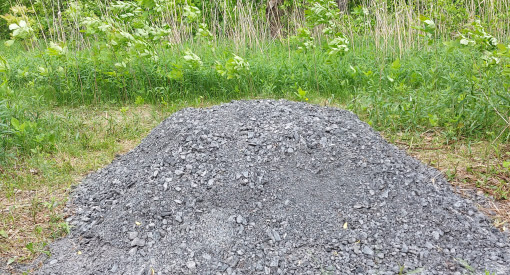
Fryer Island Habitat Restoration
Chambly Canal National Historic Site
Parks Canada and Nature-Action Québec (in french only) are working together to protect the biodiversity of Fryer Island, located within the Chambly Canal National Historic Site. This collaboration is specifically aimed at restoring the island's riparian and aquatic habitats, thus providing a favorable environment for herpetofauna, including amphibians and reptiles, as well as the aquatic fauna that resides there.
Nesting sites and floating basking platforms
Several nesting sites have been set up so that the Fryer Island painted and snapping turtles can lay their eggs. These sites are important for the reproduction and survival of these species. Installing and protecting these sites will help ensure the turtles' long-term existence.
As well as improving nesting success and turtle quality of life on Fryer Island, these sites can also serve as a launch point to educate the public about the importance of preserving natural habitats and biodiversity. It is important to never go near these sites to avoid disturbing the ecosystem and harming the turtles that depend on them.
What is a floating basking platform?
Turtles are ectothermic animals, meaning they depend on external heat to maintain their body temperature. Therefore they need to get out into the sun to absorb its heat. We call this behavior "basking". Normally, they use tree trunks that have fallen into the water, or rocks that emerge when the water level drops in summer, to warm themselves in the rays of the sun. However, turtles are having increased difficulty finding such places due to the many changes taking place on the shores; by developing basking platforms, our teams are responding to an essential need.
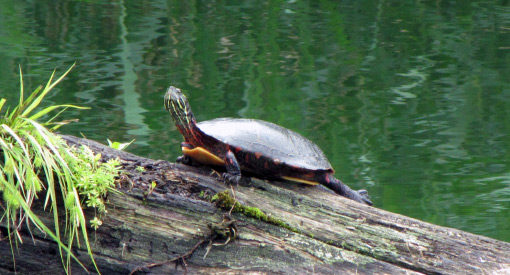
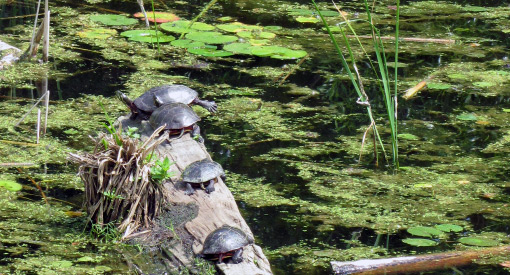
Limiting the spread of invasive alien plant species
To limit the spread of invasive alien plant species such as Phragmites and Common Buckthorn, and thus increase the biodiversity of flora and fauna, invasive exotic plant species have been eliminated and native plants planted.
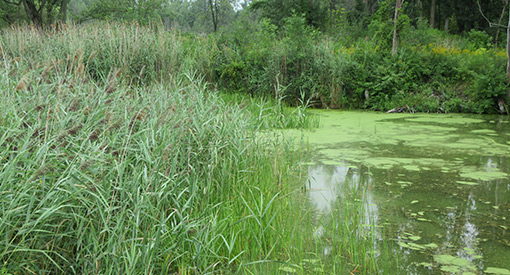
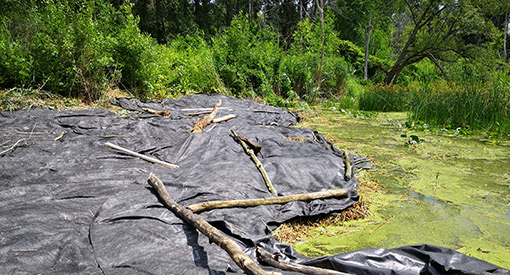
This project is made possible through a contribution from the Community Interaction Program linked to the St. Lawrence Action Plan 2011-2026, and implemented by the governments of Canada and Quebec, as well as through the Maritime Affluents Program (in french only) administered by the St. Lawrence Action Fund (SLF) and coordinated by the Regroupement des organismes de bassins versants du Québec (ROBVQ), and thanks to the financial support of the Government of Quebec under Advantage St. Lawrence, the new provincial maritime vision.
- Date modified :
